-
 Bitcoin
Bitcoin $117600
0.25% -
 Ethereum
Ethereum $4424
0.10% -
 XRP
XRP $3.101
0.50% -
 Tether USDt
Tether USDt $1.001
-0.01% -
 BNB
BNB $836.2
1.26% -
 Solana
Solana $188.8
2.11% -
 USDC
USDC $1.000
0.01% -
 Dogecoin
Dogecoin $0.2301
0.57% -
 TRON
TRON $0.3485
-1.00% -
 Cardano
Cardano $0.9209
-1.34% -
 Hyperliquid
Hyperliquid $46.72
-1.19% -
 Chainlink
Chainlink $22.62
4.84% -
 Stellar
Stellar $0.4275
-0.38% -
 Sui
Sui $3.761
1.91% -
 Bitcoin Cash
Bitcoin Cash $586.7
-0.25% -
 Ethena USDe
Ethena USDe $1.001
0.01% -
 Hedera
Hedera $0.2510
2.06% -
 Avalanche
Avalanche $24.21
2.22% -
 Litecoin
Litecoin $119.7
1.07% -
 Toncoin
Toncoin $3.450
1.06% -
 UNUS SED LEO
UNUS SED LEO $9.411
-0.93% -
 Shiba Inu
Shiba Inu $0.00001298
1.20% -
 Uniswap
Uniswap $10.98
3.25% -
 Polkadot
Polkadot $3.961
2.16% -
 Dai
Dai $1.000
0.00% -
 Bitget Token
Bitget Token $4.642
0.95% -
 Cronos
Cronos $0.1514
0.57% -
 Ethena
Ethena $0.7290
3.78% -
 Monero
Monero $254.1
7.69% -
 Pepe
Pepe $0.00001102
2.47%
What is public key infrastructure (PKI)?
PKI, using asymmetric cryptography and digital certificates issued by CAs, secures cryptocurrency transactions by verifying digital signatures and authenticating users on exchanges and in wallets, protecting users' funds.
Mar 19, 2025 at 11:50 am

Key Points:
- Public Key Infrastructure (PKI) uses asymmetric cryptography to secure digital transactions and communications.
- PKI relies on the pairing of public and private keys for authentication and encryption.
- Certificate Authorities (CAs) are central to PKI, verifying identities and issuing digital certificates.
- PKI is crucial for securing various aspects of the cryptocurrency ecosystem, including digital wallets and exchanges.
- Understanding PKI's components and functions is vital for navigating the complexities of cryptocurrency security.
What is Public Key Infrastructure (PKI)?
Public Key Infrastructure (PKI) is a system that uses cryptography to verify and exchange digital identities and information securely. Unlike symmetric cryptography which uses a single key for both encryption and decryption, PKI leverages asymmetric cryptography. This uses a pair of keys: a public key, which is freely distributed, and a private key, kept secret by the owner. The public key can encrypt data only the corresponding private key can decrypt, and vice versa, providing a robust security mechanism.
How does PKI work in the context of Cryptocurrencies?
The foundation of PKI lies in the generation and management of these key pairs. Each user generates their own unique key pair. The public key is shared openly, often embedded within a digital certificate, while the private key remains strictly confidential. This private key is crucial for signing transactions and proving ownership of cryptocurrency. Losing your private key is equivalent to losing access to your funds.
The Role of Certificate Authorities (CAs) in Cryptocurrency PKI
Certificate Authorities (CAs) are trusted third-party organizations that verify the identity of individuals or entities requesting digital certificates. These certificates contain the public key and other information, digitally signed by the CA. This signature ensures the authenticity of the public key, confirming its association with a specific identity. In the cryptocurrency world, CAs might verify the identity of exchanges or wallet providers, adding a layer of trust to their services.
PKI and Digital Signatures in Crypto Transactions
Digital signatures are a cornerstone of secure cryptocurrency transactions. When you sign a transaction using your private key, you're creating a digital signature. This signature, along with the transaction details, is broadcast to the network. Other nodes can then verify the signature using your corresponding public key, confirming that you authorized the transaction and own the cryptocurrency. This process prevents unauthorized spending and ensures the integrity of the blockchain.
Securing Cryptocurrency Wallets with PKI
Many cryptocurrency wallets utilize PKI principles to secure user funds. The wallet software generates a key pair, storing the private key securely (often using hardware security modules or robust encryption). The public key is used to receive funds. Some wallets employ additional security measures, such as multi-signature schemes, where multiple private keys are required to authorize a transaction, adding another layer of protection against theft or loss.
PKI and Cryptocurrency Exchanges
Cryptocurrency exchanges use PKI to secure communications and authenticate users. They might use digital certificates to verify the identity of their users, ensuring that only authorized individuals can access their accounts. The exchange also uses PKI to secure internal systems and protect sensitive data, such as user balances and transaction history. This helps prevent unauthorized access and protects users' funds.
Challenges and Limitations of PKI in Cryptocurrencies
While PKI offers significant security benefits, it also faces challenges. The reliance on CAs introduces a single point of failure; if a CA is compromised, the entire system could be at risk. Furthermore, managing private keys securely is crucial, and any loss or compromise can lead to irreversible loss of funds. The complexity of PKI implementation can also be a barrier to adoption for some users.
The Future of PKI in the Cryptocurrency Landscape
The increasing sophistication of cyber threats necessitates continuous improvements in PKI. Research into post-quantum cryptography is vital, as quantum computers could potentially break current encryption algorithms. Furthermore, exploring decentralized PKI models, which eliminate the reliance on central authorities, could improve the resilience and security of the cryptocurrency ecosystem. The evolution of PKI will be a crucial factor in shaping the future of cryptocurrency security.
Common Questions and Answers:
Q: What happens if I lose my private key?
A: Losing your private key means you lose access to your cryptocurrency. There is no way to recover it, rendering your funds irretrievably lost.
Q: How secure is PKI?
A: PKI provides a high level of security when implemented correctly, but it's not foolproof. Weaknesses can exist in the implementation, and the security depends heavily on the strength of the cryptographic algorithms used and the security practices followed.
Q: What are the differences between symmetric and asymmetric cryptography?
A: Symmetric cryptography uses a single key for both encryption and decryption, while asymmetric cryptography uses a pair of keys (public and private). Asymmetric cryptography is better suited for securing digital identities and communications over insecure networks.
Q: What is a digital certificate?
A: A digital certificate is an electronic document that contains a public key and other information, digitally signed by a Certificate Authority (CA). It verifies the authenticity of the public key and its association with a specific identity.
Q: How does PKI contribute to the security of blockchain technology?
A: PKI is essential for securing transactions on the blockchain by verifying the authenticity of digital signatures, ensuring only authorized users can spend their cryptocurrency. It also helps secure communication between nodes and users.
Disclaimer:info@kdj.com
The information provided is not trading advice. kdj.com does not assume any responsibility for any investments made based on the information provided in this article. Cryptocurrencies are highly volatile and it is highly recommended that you invest with caution after thorough research!
If you believe that the content used on this website infringes your copyright, please contact us immediately (info@kdj.com) and we will delete it promptly.
- Kazakhstan's Crypto Leap: Bitcoin ETF and Central Asia's Digital Finance Future
- 2025-08-13 12:45:19
- BlockDAG Presale Blazes Past $371M: Fundraising Frenzy Fuels Crypto Sensation
- 2025-08-13 13:05:21
- Meme Coins: Chasing the 2025 Surge – Which Will Moonshot?
- 2025-08-13 10:25:23
- Bitcoin's Wild Ride: Rally, Pullback, and What's Next
- 2025-08-13 10:25:23
- Bitcoin, Bitmax, and Institutional Demand: A New Era of Crypto Investment
- 2025-08-13 10:45:12
- Solana, ROAM, and Airdrops: What's the Buzz in 2025?
- 2025-08-13 11:35:13
Related knowledge
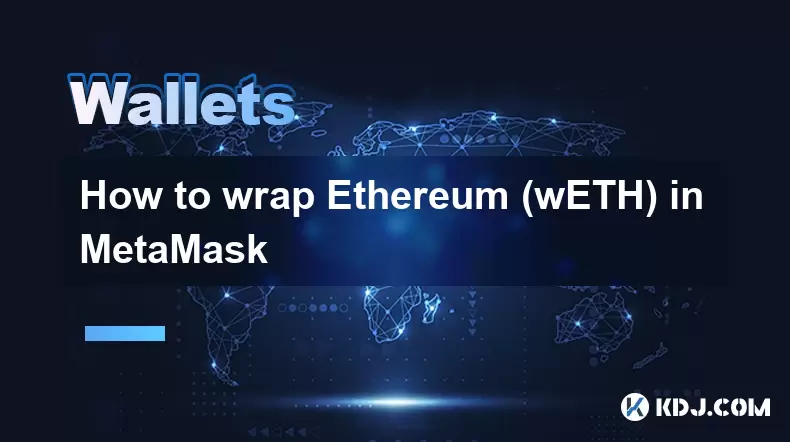
How to wrap Ethereum (wETH) in MetaMask
Aug 13,2025 at 11:36am
Understanding Wrapped Ethereum (wETH)Wrapped Ethereum (wETH) is a tokenized version of native Ethereum (ETH) that conforms to the ERC-20 standard, ena...
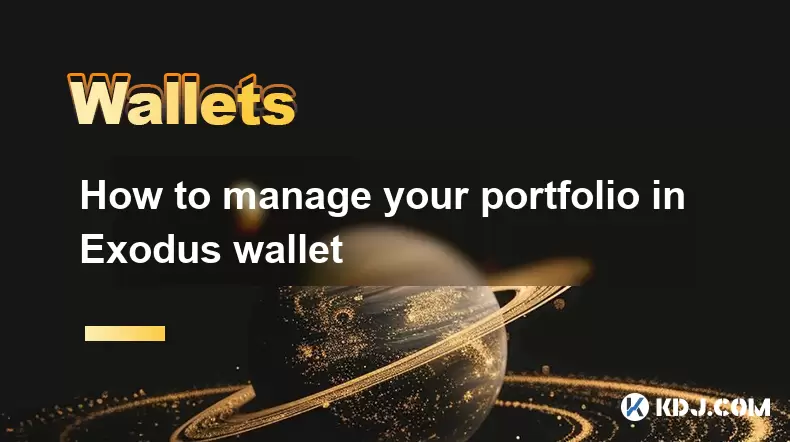
How to manage your portfolio in Exodus wallet
Aug 08,2025 at 10:07pm
Understanding the Exodus Wallet InterfaceThe Exodus wallet is a non-custodial cryptocurrency wallet that supports a wide range of digital assets. When...
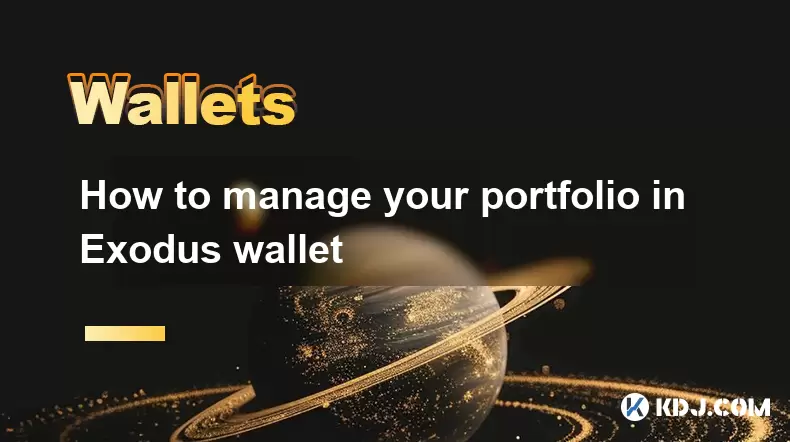
How to manage your portfolio in Exodus wallet
Aug 13,2025 at 11:35am
Understanding the Exodus Wallet InterfaceThe Exodus wallet is a non-custodial cryptocurrency wallet that supports a wide range of digital assets. Upon...
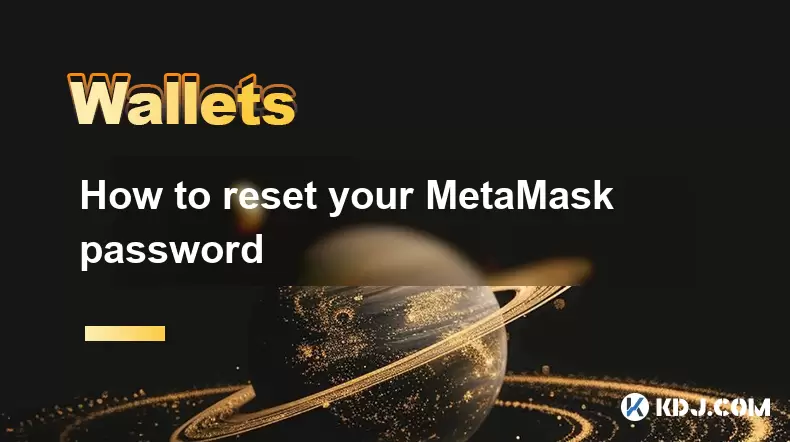
How to reset your MetaMask password
Aug 08,2025 at 01:28pm
Understanding the MetaMask Password Reset ProcessMany users confuse the MetaMask password with the seed phrase or private key, but they serve differen...
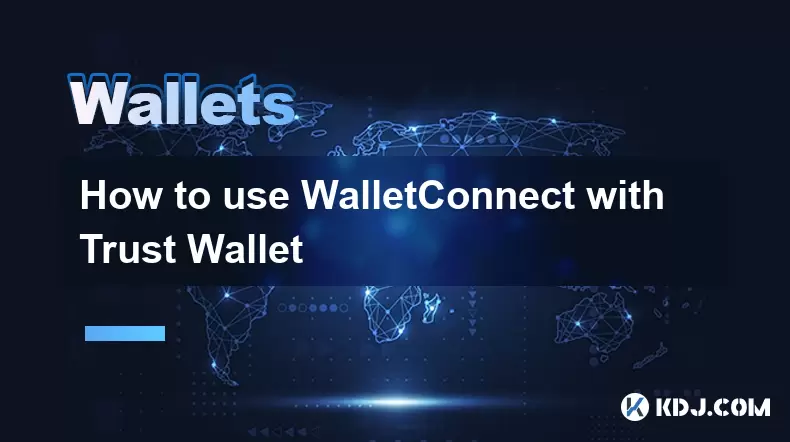
How to use WalletConnect with Trust Wallet
Aug 13,2025 at 01:07am
What Is WalletConnect and Why It Matters for Trust Wallet UsersWalletConnect is an open-source protocol that enables secure communication between dece...
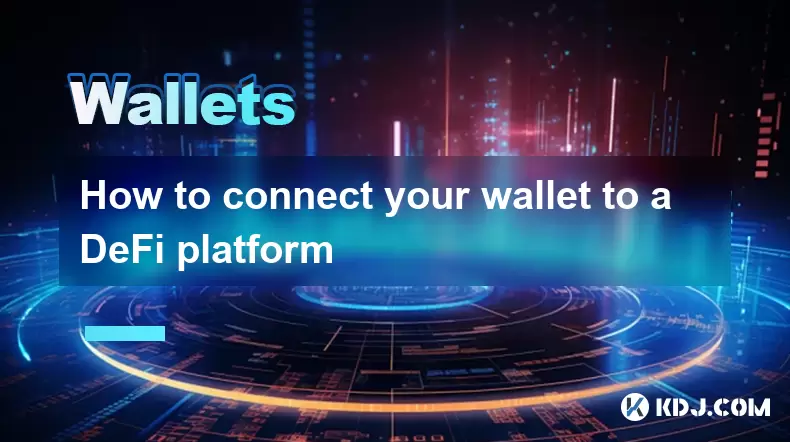
How to connect your wallet to a DeFi platform
Aug 13,2025 at 11:36am
Understanding Wallet Compatibility with DeFi PlatformsBefore connecting your wallet to any DeFi platform, it's essential to ensure your wallet is comp...

How to wrap Ethereum (wETH) in MetaMask
Aug 13,2025 at 11:36am
Understanding Wrapped Ethereum (wETH)Wrapped Ethereum (wETH) is a tokenized version of native Ethereum (ETH) that conforms to the ERC-20 standard, ena...

How to manage your portfolio in Exodus wallet
Aug 08,2025 at 10:07pm
Understanding the Exodus Wallet InterfaceThe Exodus wallet is a non-custodial cryptocurrency wallet that supports a wide range of digital assets. When...

How to manage your portfolio in Exodus wallet
Aug 13,2025 at 11:35am
Understanding the Exodus Wallet InterfaceThe Exodus wallet is a non-custodial cryptocurrency wallet that supports a wide range of digital assets. Upon...

How to reset your MetaMask password
Aug 08,2025 at 01:28pm
Understanding the MetaMask Password Reset ProcessMany users confuse the MetaMask password with the seed phrase or private key, but they serve differen...

How to use WalletConnect with Trust Wallet
Aug 13,2025 at 01:07am
What Is WalletConnect and Why It Matters for Trust Wallet UsersWalletConnect is an open-source protocol that enables secure communication between dece...

How to connect your wallet to a DeFi platform
Aug 13,2025 at 11:36am
Understanding Wallet Compatibility with DeFi PlatformsBefore connecting your wallet to any DeFi platform, it's essential to ensure your wallet is comp...
See all articles

























































































